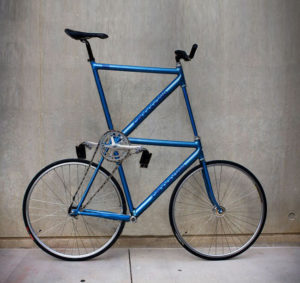Criticona is the annual Critical Mass in Spain. This huge event moves from city to city thanks to the democratic choice made by the participants in the previous year. It is coordinated by cyclists to riders. Urban cycling is motivated through different activities which are adapted to the organizing place. The organization offers free accommodation and cheap food to make it easy for visitors. Hence, the key target constitutes forming a gigantic Critical Mass since it is the country Critical Mass from the cities Critical Masses.
This year the Criticona will take place in Madrid. A fantastic group of bikers has been working on it for months. The programming can be consulted in the organization official blog (in Spanish). Basically, it starts on 25th April and ends on 28th April. The events per day are specified:
– 25th: Non-mixed riding (riding only for women) + The monthly Madrid Critical Mass
– 26th: Cyclist women experiences discussion + Bike-tapas
– 27th: Meloncleta + Picnic + Event to claim for intermodality + Interplanetary Critical Mass + Party
– 28th: Non-mixed riding (riding only for women) + Historic riding + Picnic
It is highly advisable that you fill the official form if you come from a place other than Madrid.
You can not miss it!
